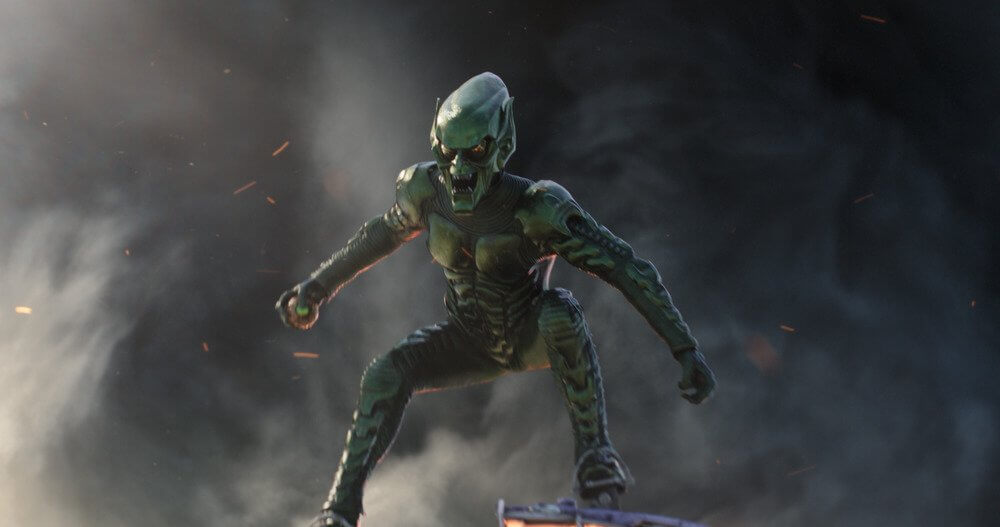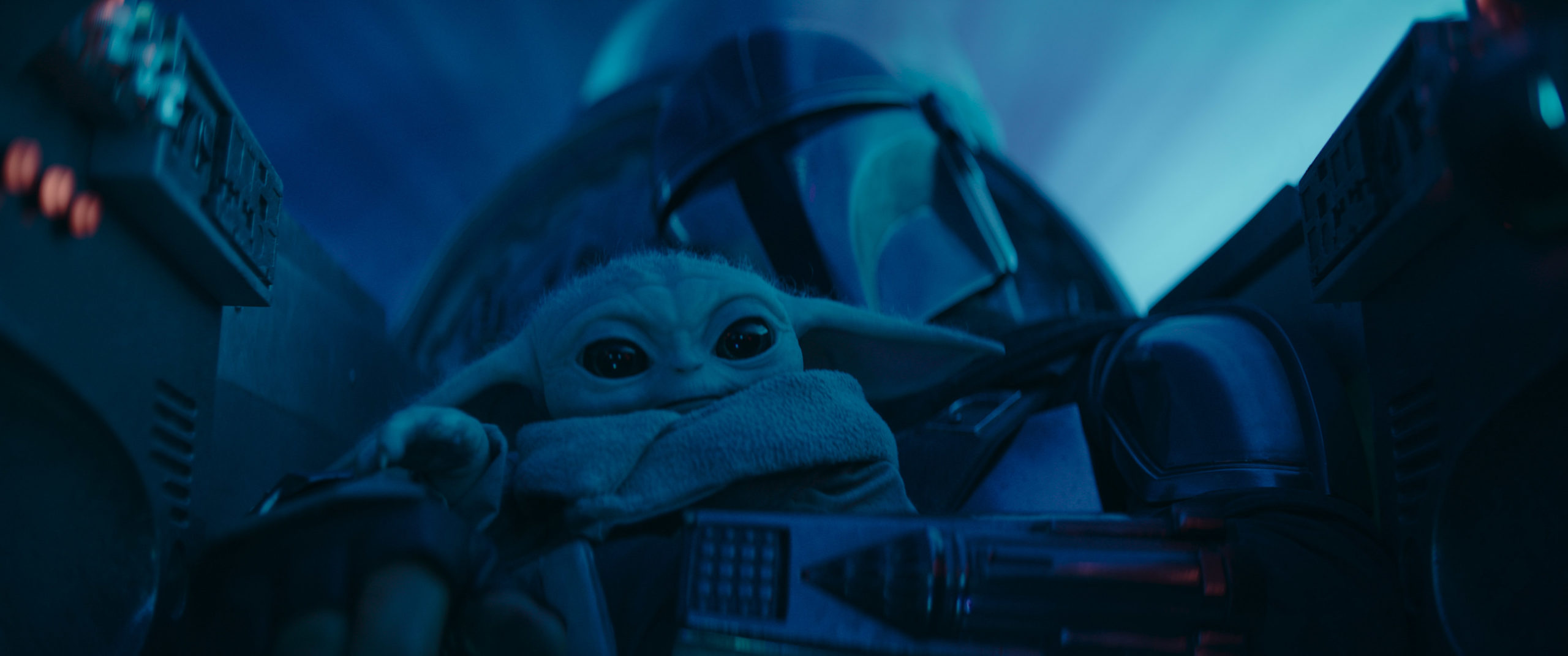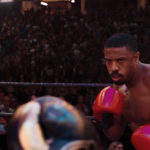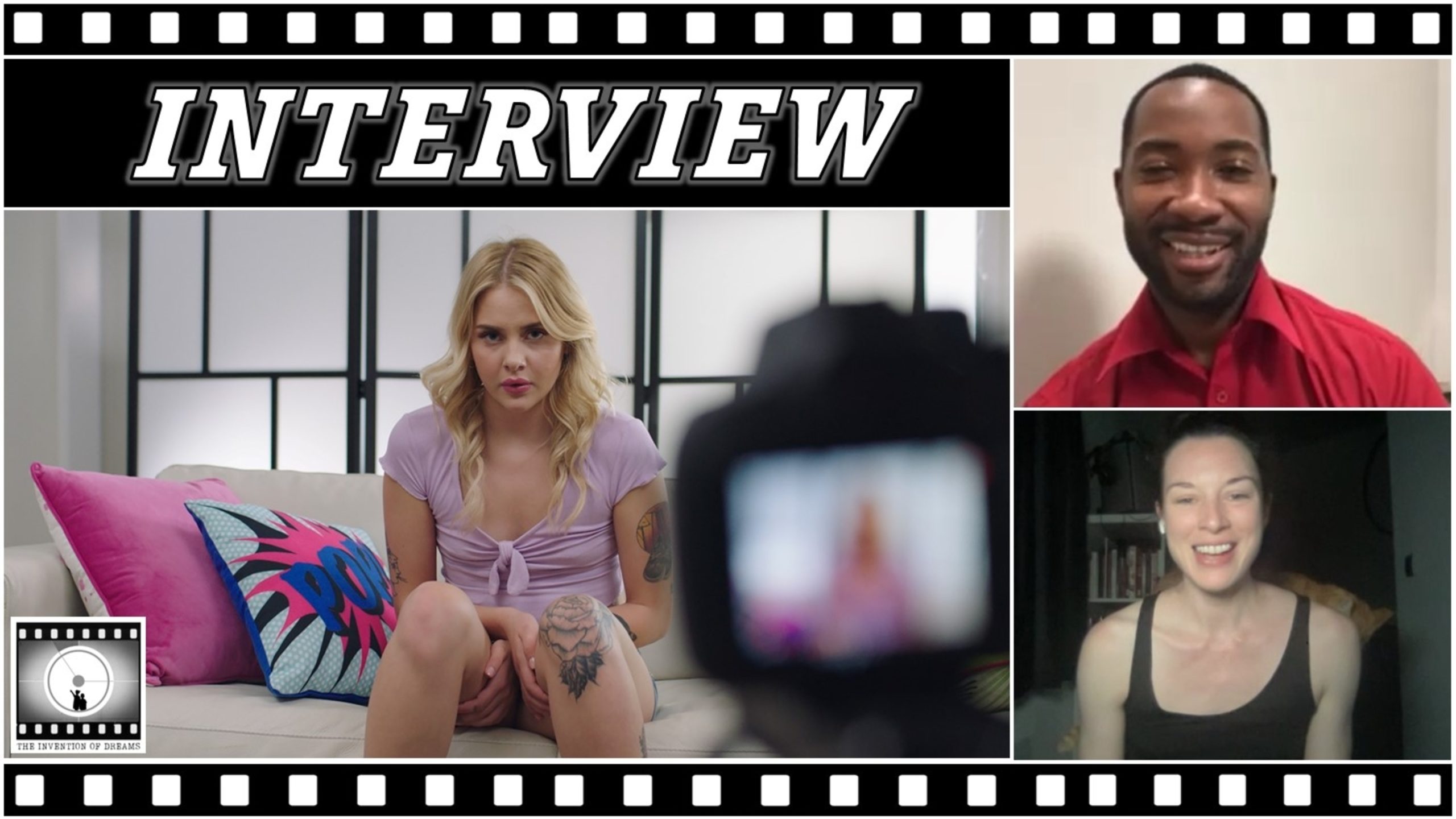
SPOILERS! This column contains discussion of the entire plot of Spider-Man: No Way Home.
I want to start this discussion of Spider-Man: No Way Home with a big idea. Comic books are not movies. They’re long form sustainable stories: soap operas with superpowers. Movies are typically self-contained stories from which the viewers moves on after two hours. A grandiose comic book event like Civil War typically sees a handful of special “Civil War” issues and then a sprawling story that impacts perhaps 100 or more other individual comic books. For completionists? It’s all there. If you only want to read Spider-Man, Iron Man, and Captain America? You’ll be fine! You’ll miss some details and character beats but the story will be clear enough. And so, I submit to you dear reader, it makes sense intrinsically that Marvel has found such deep success by tossing off the strictures of classic self-contained film narrative storytelling and embracing something that feels, well, far more like comic book storytelling. Does this mean these movies are no longer “cinema”? With all love and respect to Mr. Scorsese, who cares? There is nothing wrong with engaging with art for a sense of joy.
Avengers: Infinity War and Endgame proved so successful in large part because audiences really responded to this payoff theory. The broad beats worked for folks who had only seen a handful of MCU movies nearly as well as they did for people who’d managed to make it all the way through ABC’s Inhumans. “OMG! That’s Jarvis from Agent Carter!” is a lovely payoff to the diehards, and just another peripheral character to the casuals. Casual viewers see Captain America lift Thor’s hammers and say ‘Oh that’s cool!” while the die hards get the pay off of a moment once briefly teased in Avengers: Age of Ultron.

The MCU movies are oft maligned for their reliance on fan service. I’d argue there’s a big difference between the sort of cynical, kraven “fan service” that sees Grogu-sized Stay Puft Marshmallow Men appear on the shelves of a Wal-Mart in Ghostbusters: Afterlife to assault Paul Rudd and what Marvel has been doing. There’s no reason for little Stay Pufts to exist – the giant one only arrives in the original film because of a stray thought by Dan Aykroyd’s Ray Stantz – and serve exclusively to stroke a nostalgia pop from audiences. When Marvel tosses Edwin Jarvis into a cameo, it’s because Jarvis had been Howard Stark’s driver on ABC’s Agent Carter. Why wouldn’t he still have that role to the elder Mr. Stark in Endgame’s time heist? I think consistent payoffs like that are unfairly tarnished as “cheap” or “fan service” when in reality they’re deeply consistent with the internal logic of the various stories and, more importantly, with the structure of another form of storytelling: television. It’s not “fan service” when Littlefinger shows up at The Battle of the Bastards in Game of Thrones, it’s a reflection of where that character should be in the universe the show has established.
Spider-Man: No Way Home pushes this storytelling beyond the usual constraints of the cinematic MCU. First a quick aside, one might argue the return of Charlie Cox’s Matt Murdock from the Netflix Marvel Universe for one scene is the bad sort of fan service, yet who forever shows up when a fellow superhero needs legal support in the comics? Good ‘ol Hornhead, Daredevil. This character should play that role in this universe. We’re just so used to the historical reality of moviemaking that makes small roles like this unrealistic. Obviously, the villains are pulled from the five prior non-MCU Spider-Man movies, but I want to talk specifically about the Spider-Men that join the party. The worst kept secret in Hollywood the last few years has been Tobey Maguire’s and Andrew Garfield’s inclusion in No Way Home. Poor Andrew Garfield, star of three other movies released this year, has spent months forced to deny his involvement in interview after interview.

My fear going into the movie was that the presence of the other two Spideys would distract from the emotional arc of Tom Holland’s Spidey. I am overjoyed to report that they serve only to bolster the impact of Holland Spidey’s story. What’s most interesting though is how Marvel chooses to deploy them. It’s not just that Peter needs allies to fend off a gauntlet of foes, it’s that he needs to see the ways in which his Spider life can evolve. It’s fascinating to see the emotional payoffs reached here. I cannot help but feel a tinge of joy that Marvel is helping to bring closure to both Maguire’s and Garfield’s times in the role. We learn that, after the upheaval of Spider-Man 3, Maguire Parker and Kirsten Dunst’s MJ eventually find their way back together. We discover the emotional consequence of Andrew Garfield’s tragic loss of Gwen Stacy at the end of The Amazing Spider-Man 2. Both are given the chance to apply the lessons they’ve learned in their own universes to help Holland Parker grow as a person beyond the superheroics.
I actually think No Way Home’s most moving beat is when Garfield Parker gets some small measure of redemption when he saves MJ from a fall like the one that took his Gwen. Holland is the best Spider-Man, but Garfield (tick, tick… BOOM!, The Social Network) is the best actor to ever don the webs. Garfield sells the holy hell out of the moment and it brought my audience’s biggest moment of spontaneous applause. Maguire Parker prevents Holland Parker from breaking bad – again, it pays off what that character learned from his time in the role when he donned the Black Suit. It is also undeniably thrilling to see a mid-40s Maguire (Spider-Man, Pleasantville, Wonder Boys), older but still youthful looking, return to the role so integral to the creation of the comic book hegemony that has ensnared pop culture. There is, of course, a cold cynical economic calculus to all this – just take one look at how well the Maguire and Garfield films have been selling on digital the last few months. They’re now “canon” to the current MCU and, as such, immediately more essential for all future films and required for all giant lists of “catch ups” on the MCU. That said, I truly believe Kevin Feige, Jon Watts, and others care about telling good stories. Maybe it is all just “fan service” and I’m a mark, but I feel like Marvel has paid off how much the first two series of Spider-Man films meant to me and helped remedy how disappointed I was in both of their conclusions.

So that’s one hell of a lot of digital ink spilled without actually discussing the bulk of the film. While No Way Home lacks the simple coming of age/get the girl joy of Homecoming or the hero-villain relationship of Far From Home, it is the best of the Jon Watts/Tom Holland trilogy. Zendaya (Dune, The Greatest Showman) remains an absolute joy, charisma and deadpan combine to create an MJ who forever zags when a conventional love interest would zig. Jacob Batalan (Let It Snow) remains one of the MCU’s best comedic supporting players. The great Marisa Tomei (My Cousin Vinny, Before the Devil Knows You’re Dead) gets more to do here than the prior two films combined. The clever inversion of the Uncle Ben narrative for this Spider-Man is effective. I’d simply assumed the Great Power, Great Responsibility speech had been elided into the MCU’s Peter Parker, but I found the delivery here quite impactful. Benedict Cumberbatch’s (The Courier, The Power of the Dog) Doctor Strange remains the perfect tonal foil for Holland’s Parker.
The villains are a fun mélange. The Lizard (Rhys Ifans of Notting Hill and The Replacements) and Sandman (Thomas Haden Church of Sideways and Easy A) spend much of the film rendered in unpersuasive CGI form, but at least serve as interesting visual threats in the film’s climax. Sandman’s arc in particular feels short shrifted by the film’s overstuffed nature especially considering Flint Marko’s conflicted villainy is perhaps the best part of Spider-Man 3. Jamie Foxx (Collateral, Ray) returns as Electro essentially using the multiverse to undo the socially anxious nerd he played in The Amazing Spider-Man 2 and retconning him as, well, Jamie Foxx with electrical powers. The change is ineffectually explained away, but does allow the actor to make for a better villain. The big two – Green Goblin and Doctor Octopus – receive the most screen time. Alfred Molina (Love Is Strange, Magnolia), better conflicted than in pure villainy mode, makes for an effective foil for Holland, and a game scene partner for exposition dumps with Zendaya and Batalan. The standout is the great Willem Dafoe. Given a bit more of an arc, Dafoe’s Norman Osborn remains an all time comic book heel. His intensely expressive face loses surprisingly little through the deployment of CGI de-aging techniques. I could not help but joyously laugh at his delightfully hammy line readings. Who knows what the future holds for the Spider franchise(s?), but I hope Dafoe remains involved.

I’m not sure this is 2021’s best standalone blockbuster, or even standalone comic book movie. I think Shang-Chi and the Legend of the Ten Ring’s more focused scope and fleshed out villain work better as an independent story. I think No Time to Die is a very effective Bond film and Dune an immaculately crafted epic. Spider-Man: No Way Home, however, makes no pretense that it is a movie best experienced in a storytelling vacuum. It is in deep conversation with all the Spider-Man stories to come before it. It is proud that people with encyclopedic knowledge of Spider-Men past will derive more pleasure from it. Giving a sense of closure to nearly two decades of Spider-Man movies is something I’m grateful to have experienced. I don’t really give a damn if it’s “cinema” – I just know it gave me a sensational, spectacular, and amazing escape for two and a half joyous hours.
Spider-Man: No Way Home is in theaters worldwide December 17, 2021.
Look for our coverage of Disney+’s Hawkeye when the series concludes on Wednesday, December 22.
Read “How Hawkeye Perfected the Disney+ MCU Formula, Bro” Here!
















